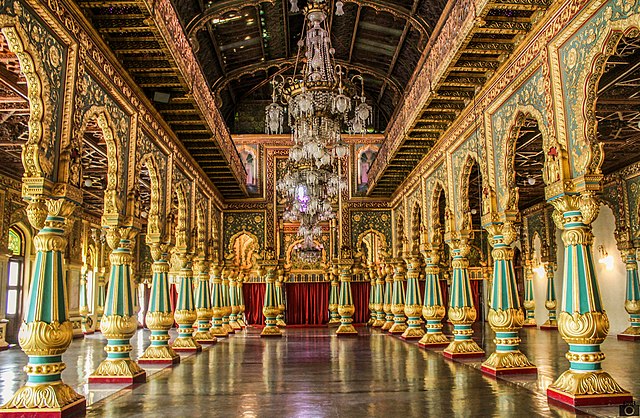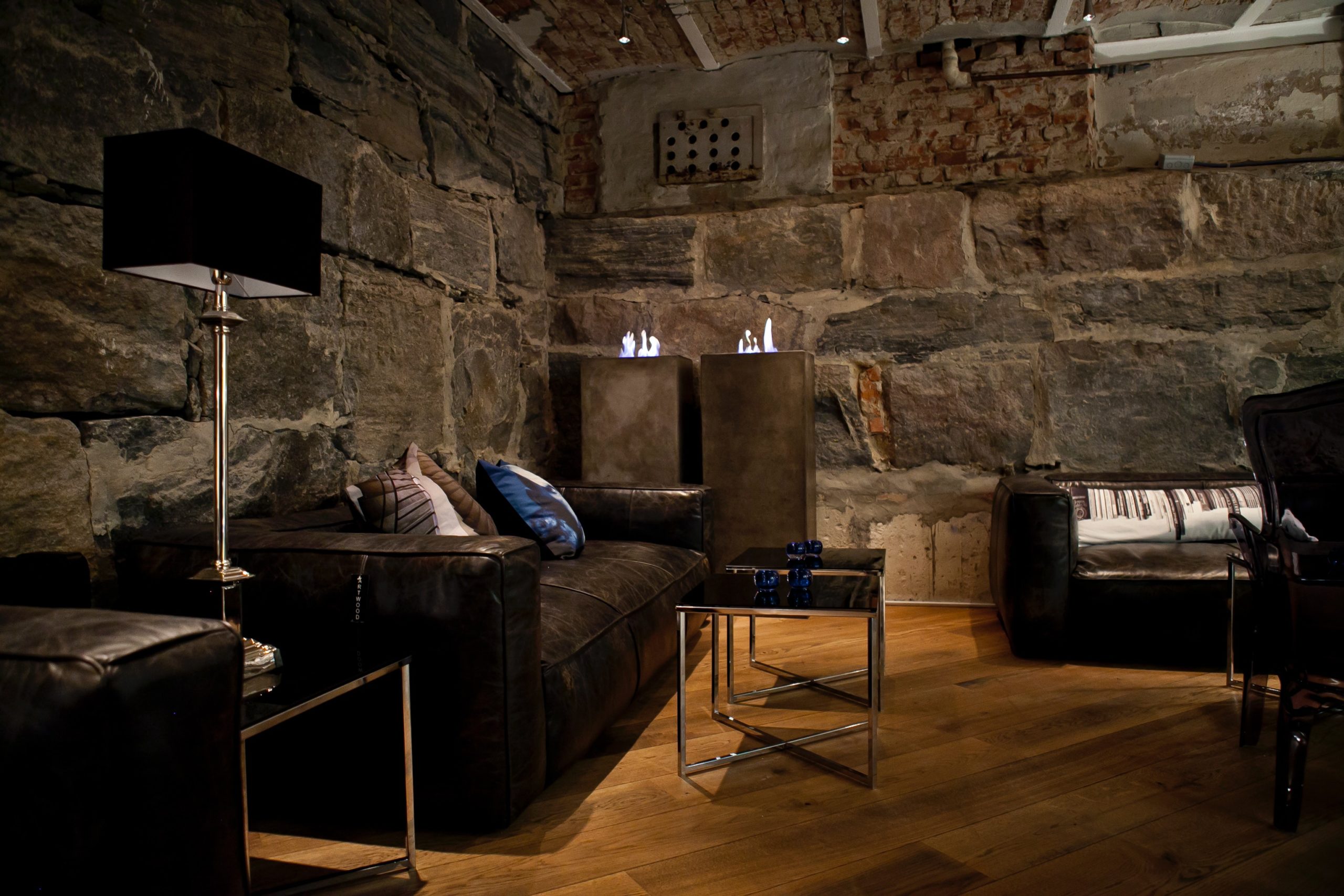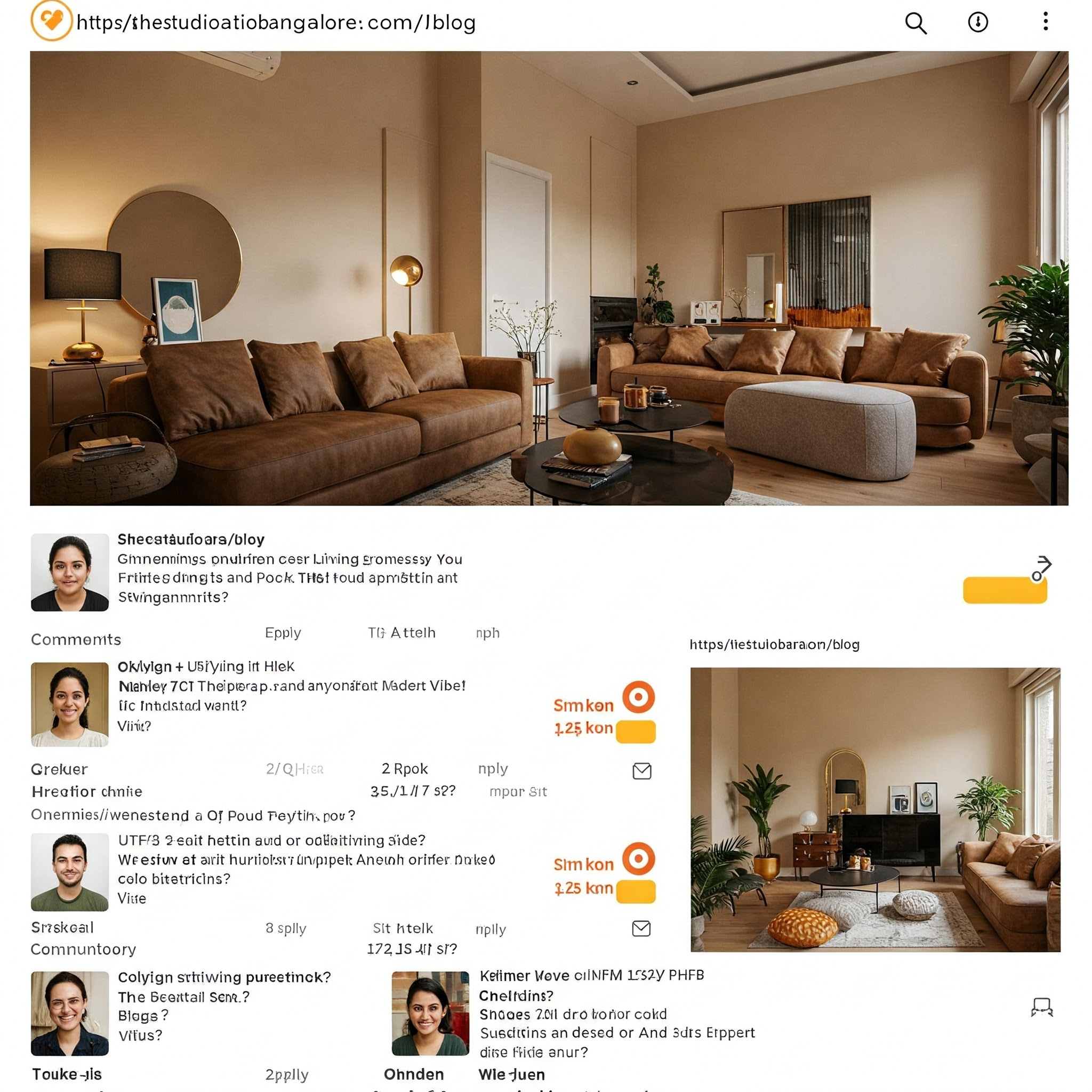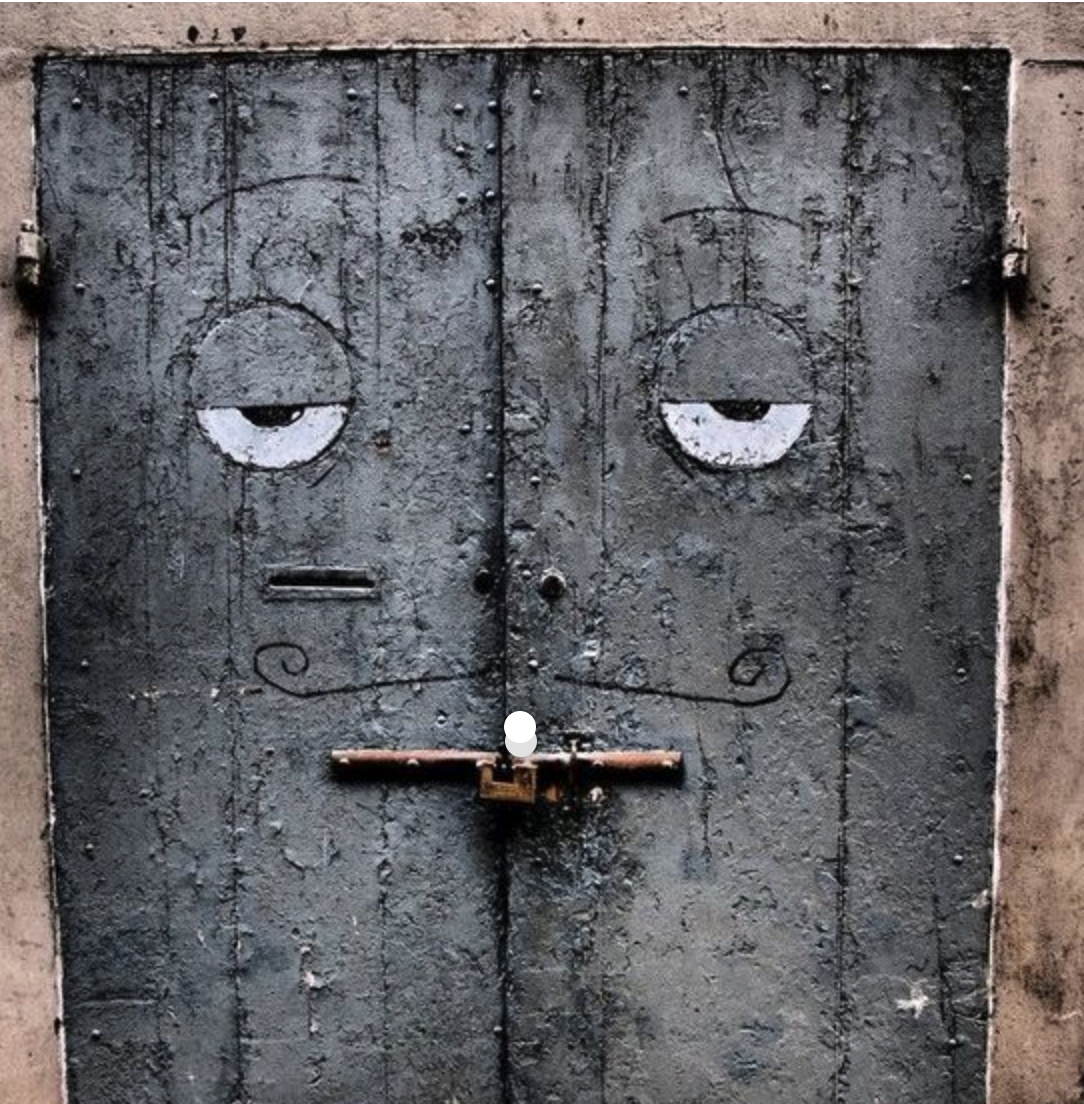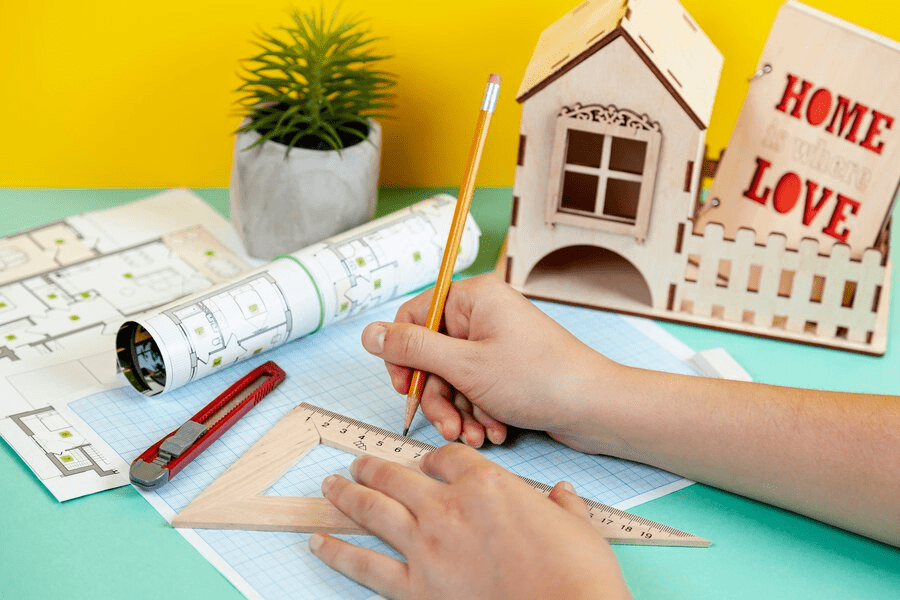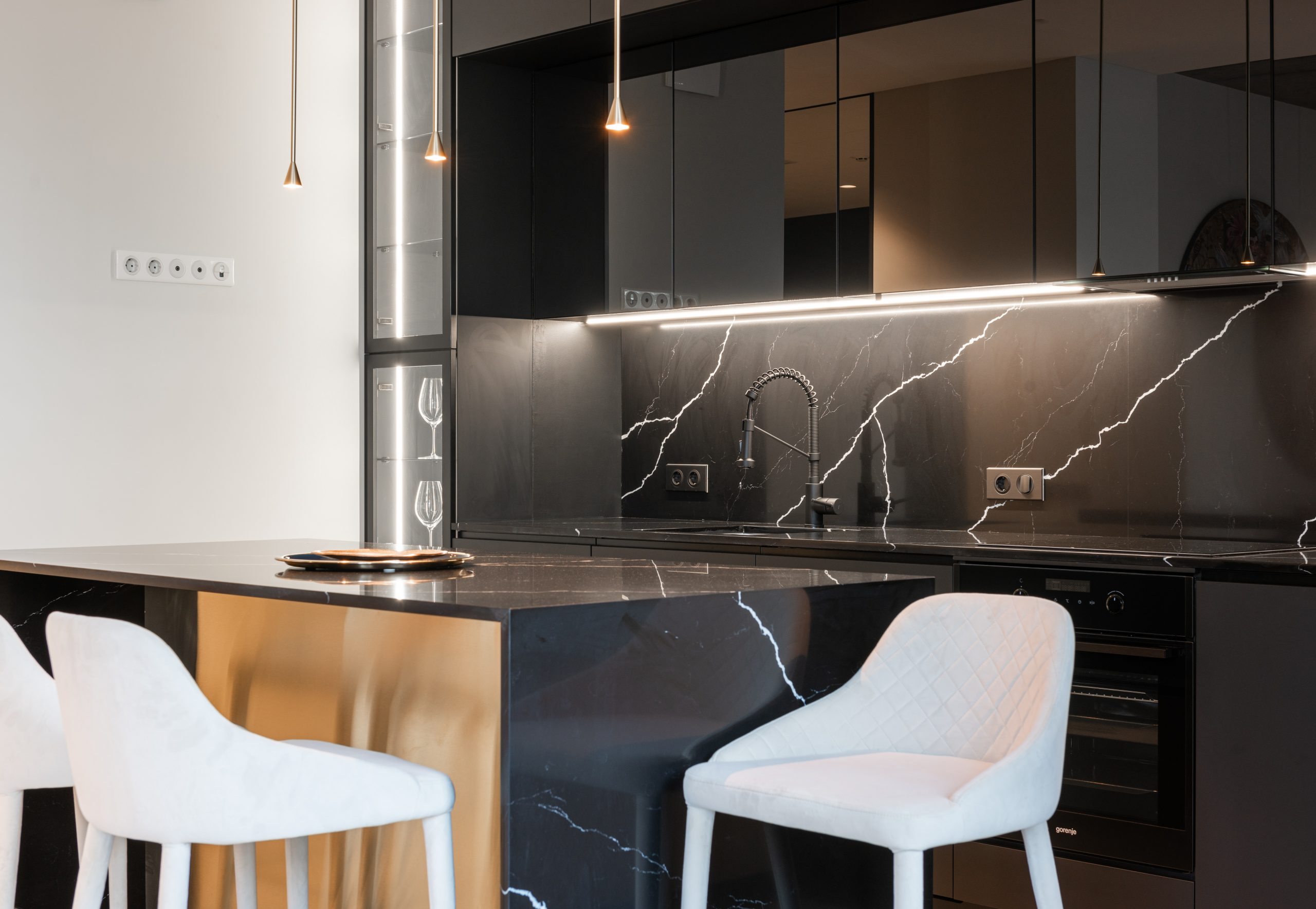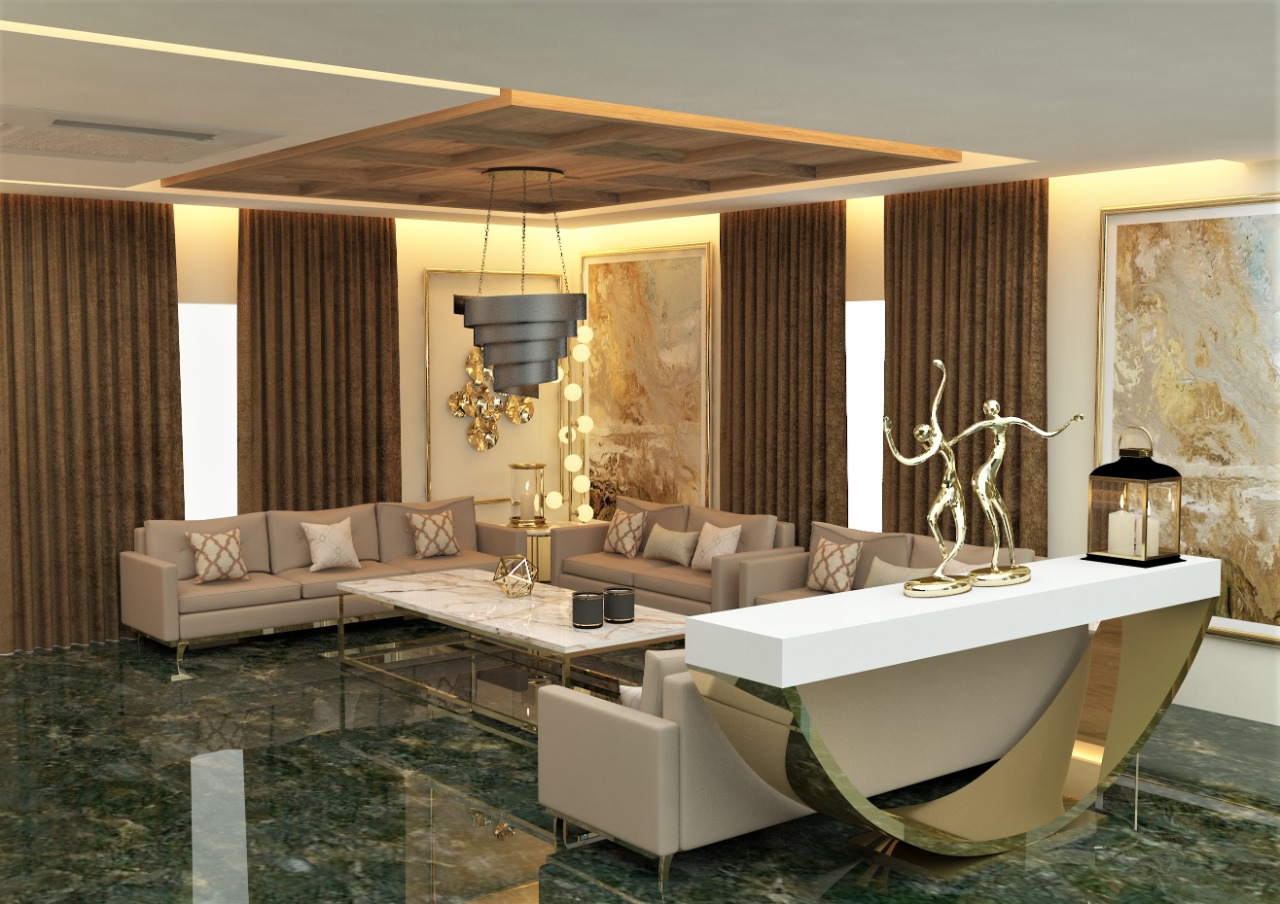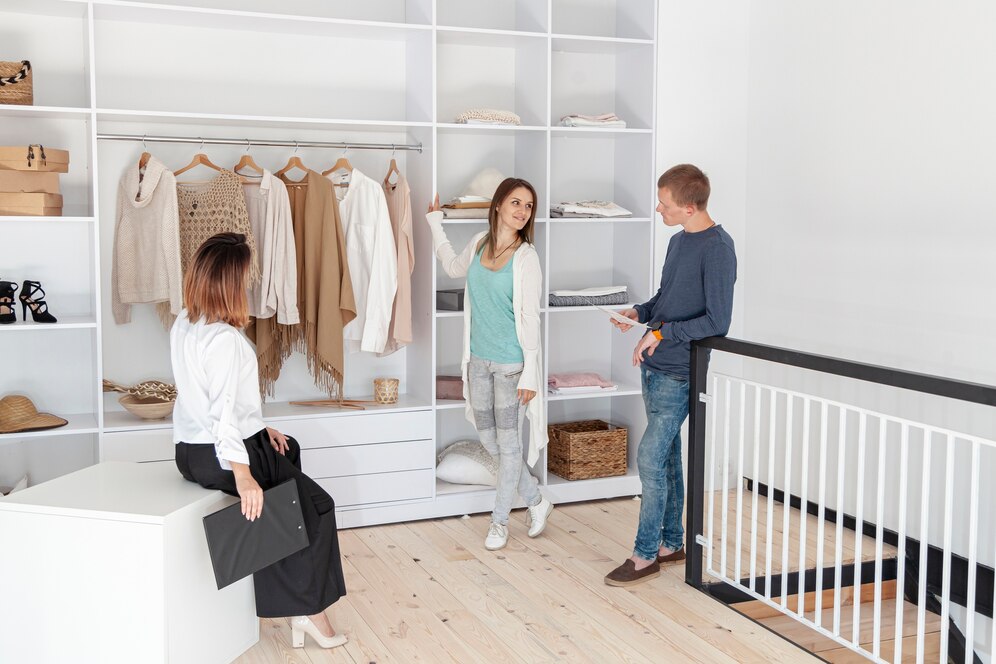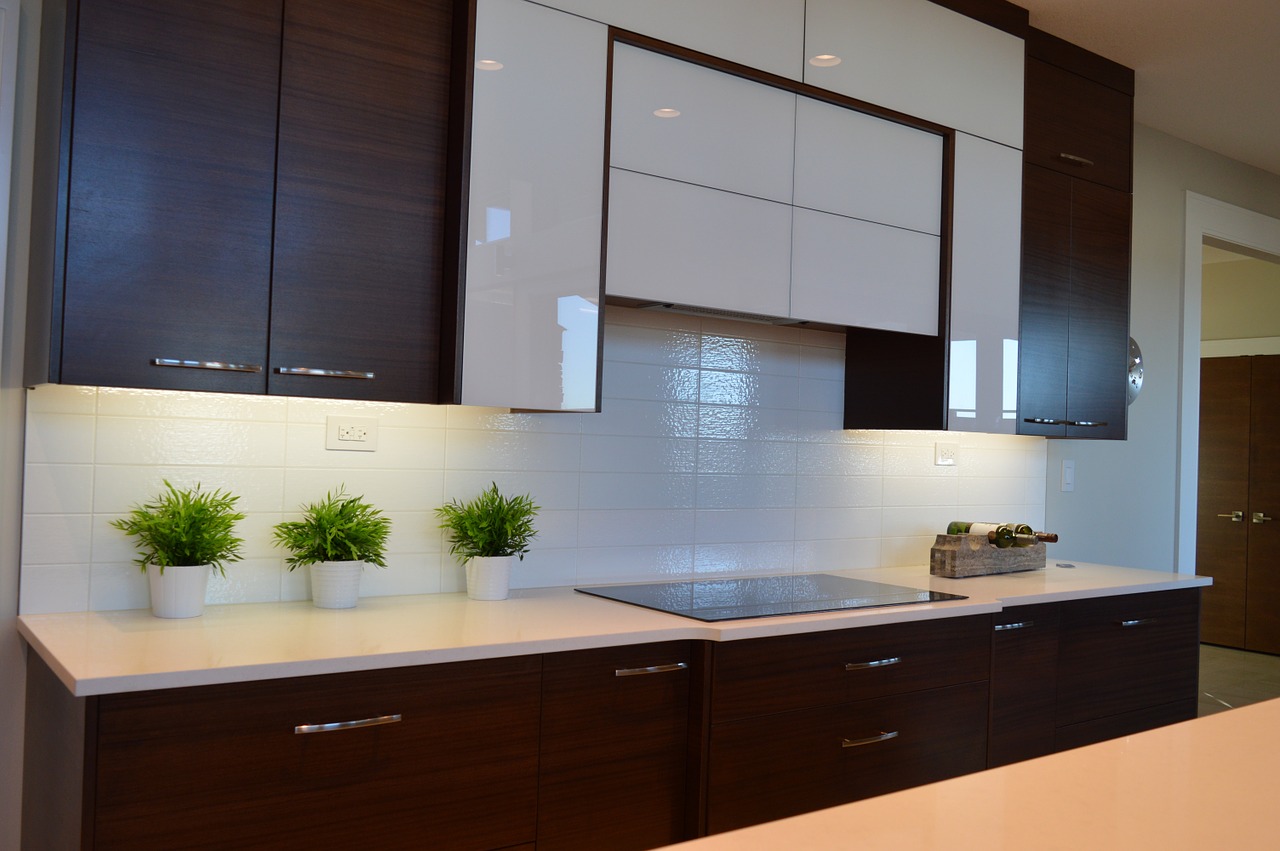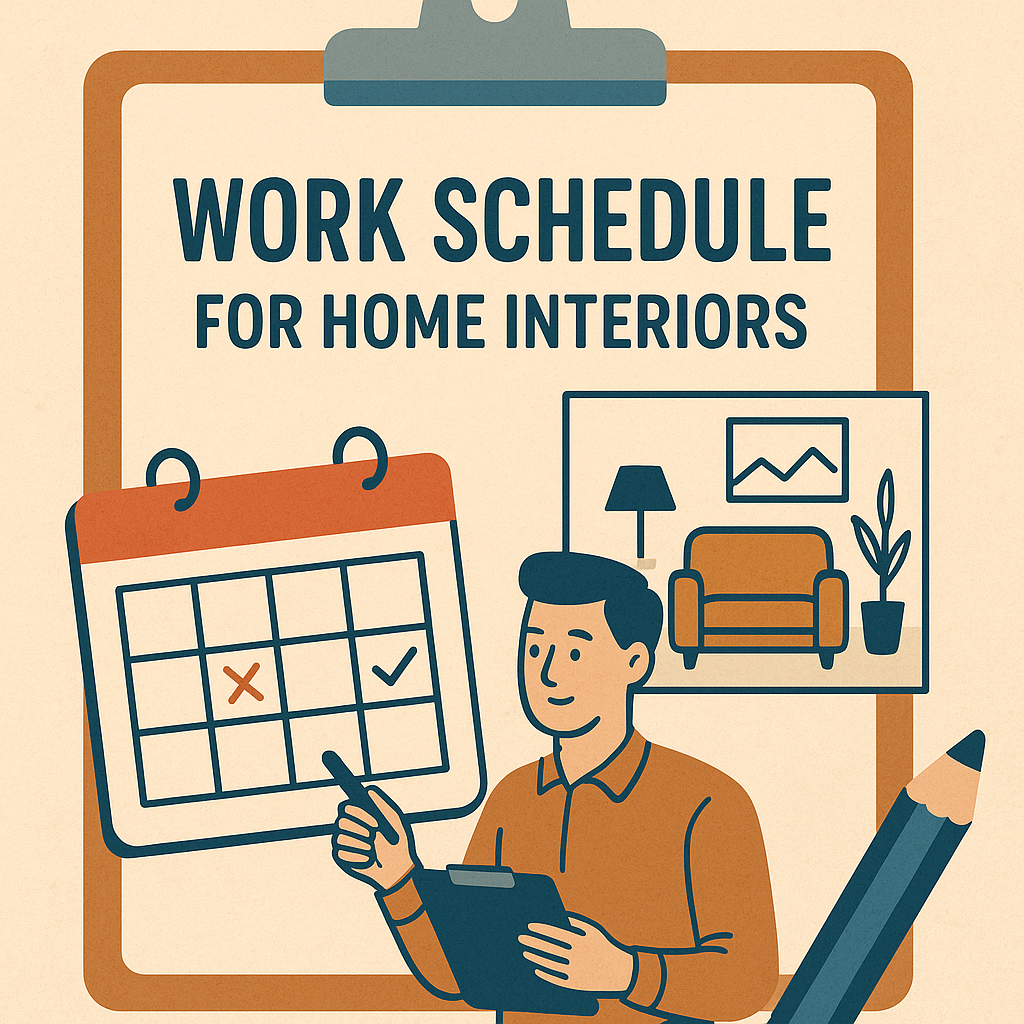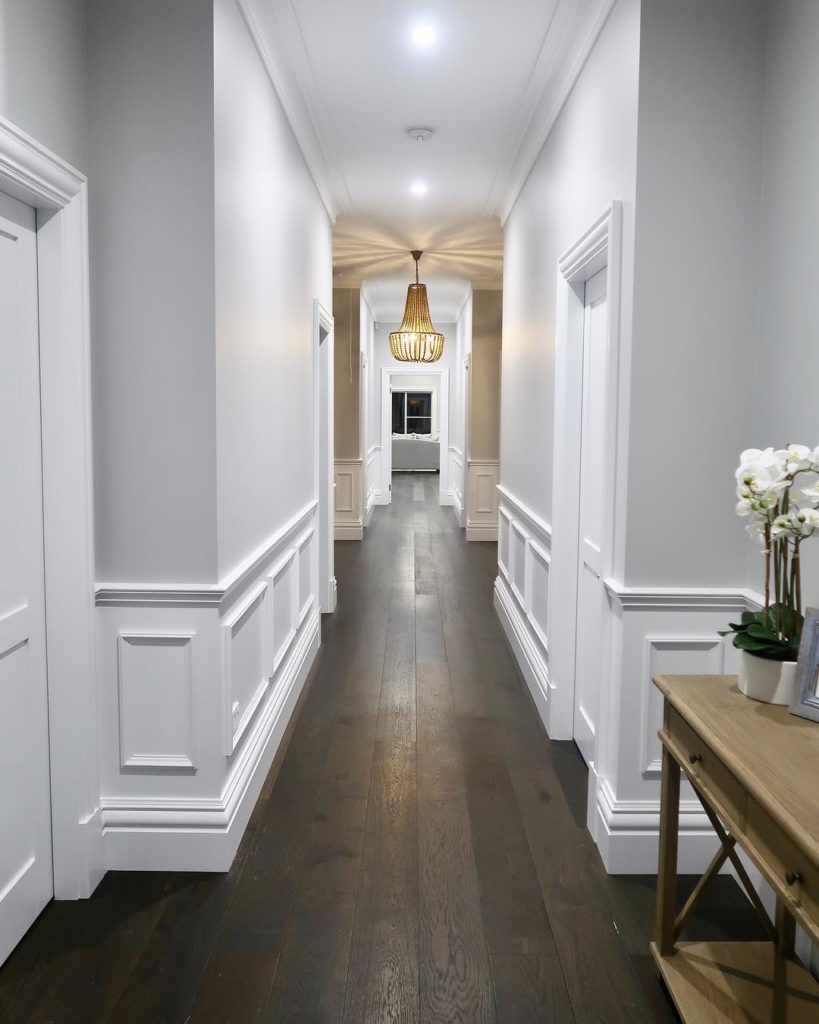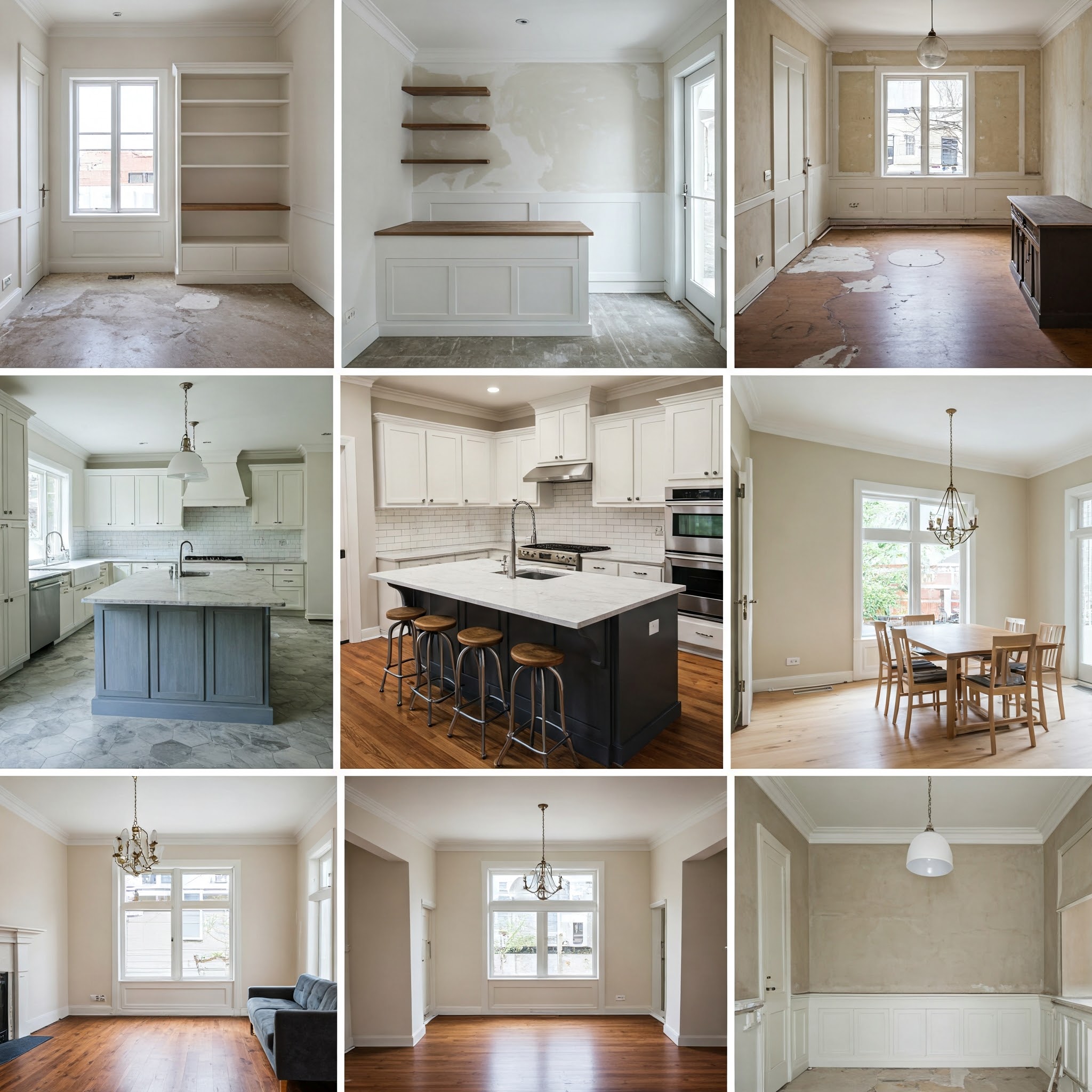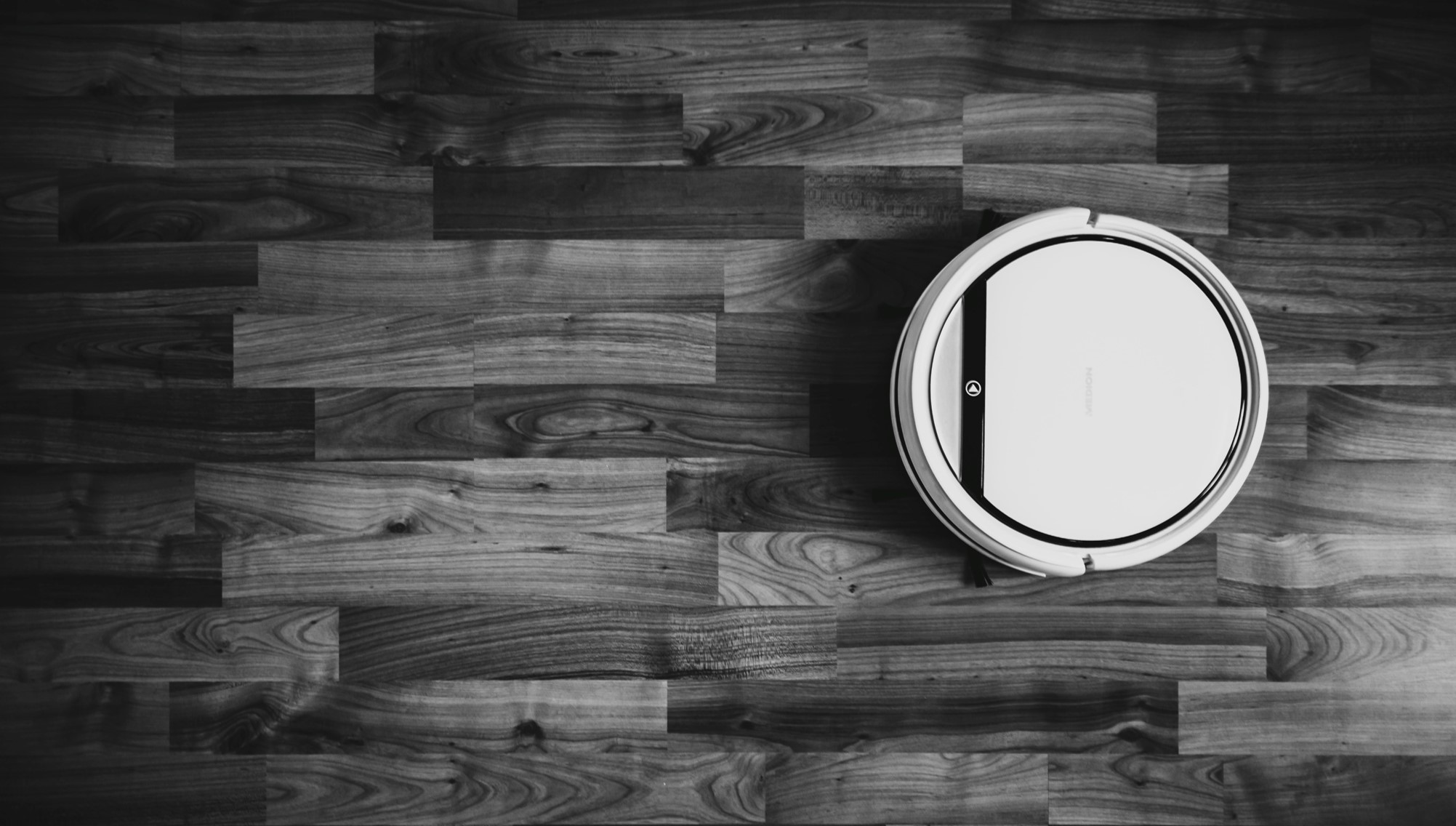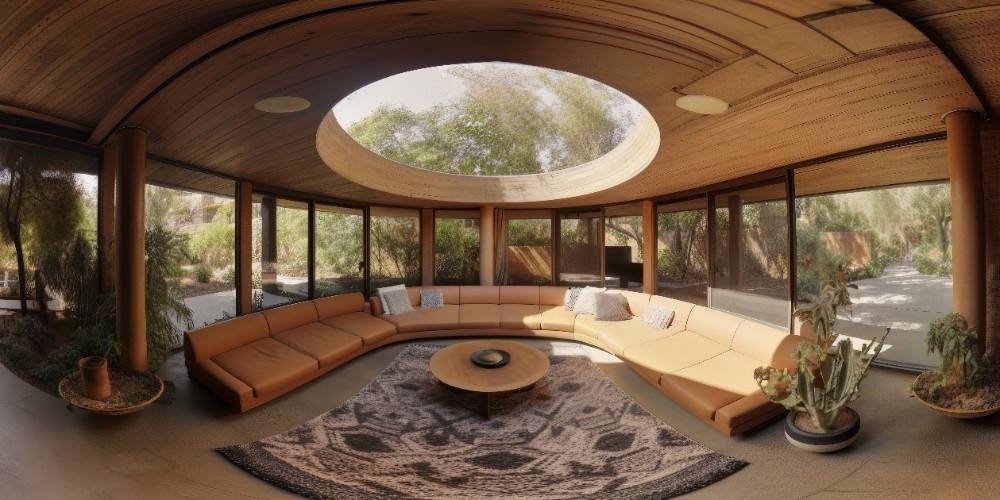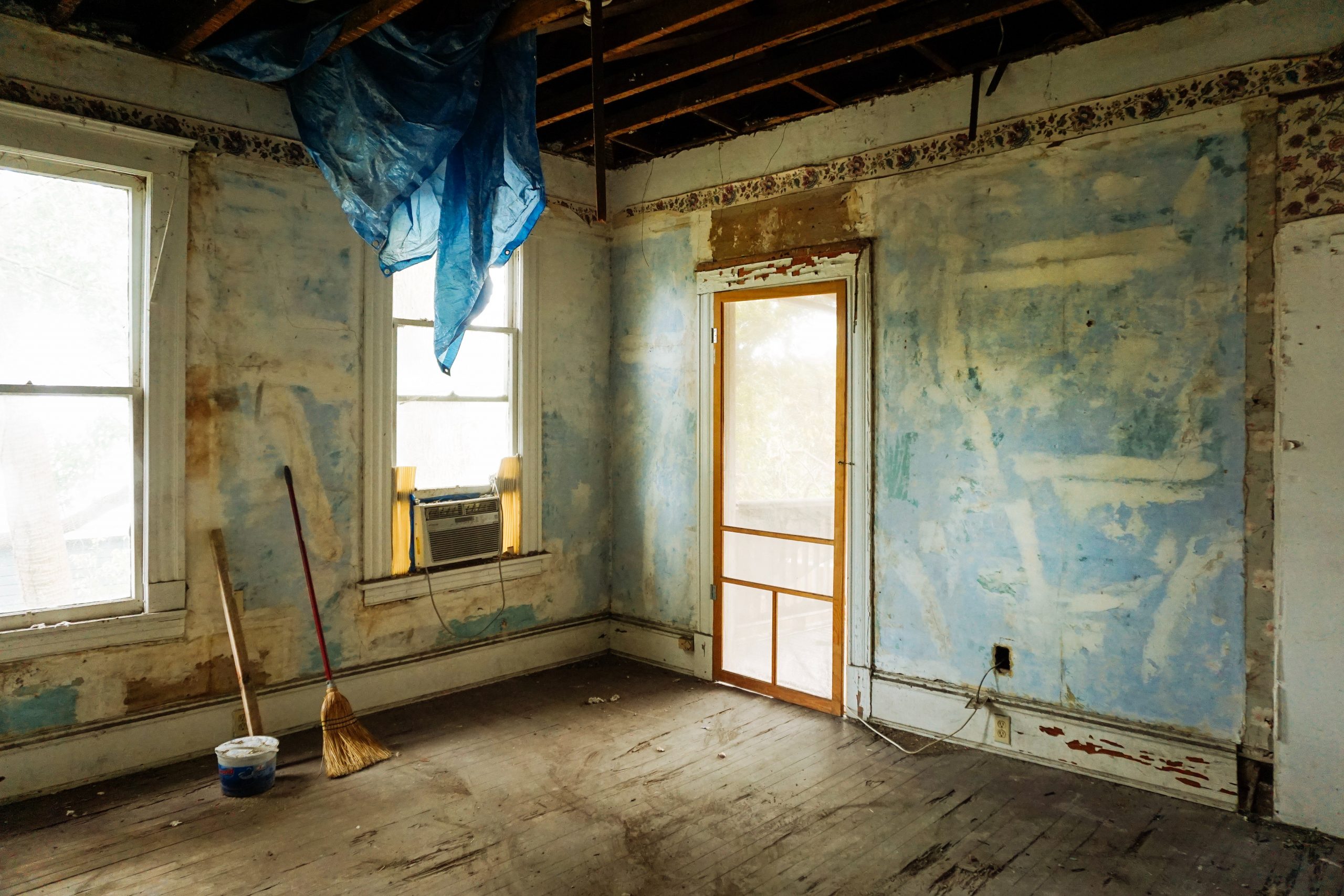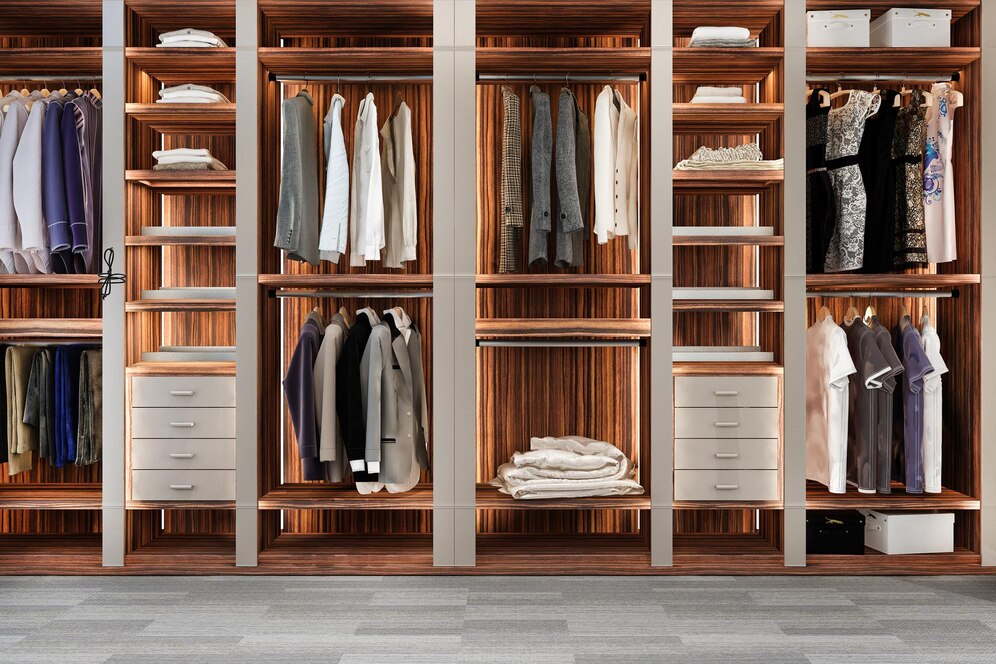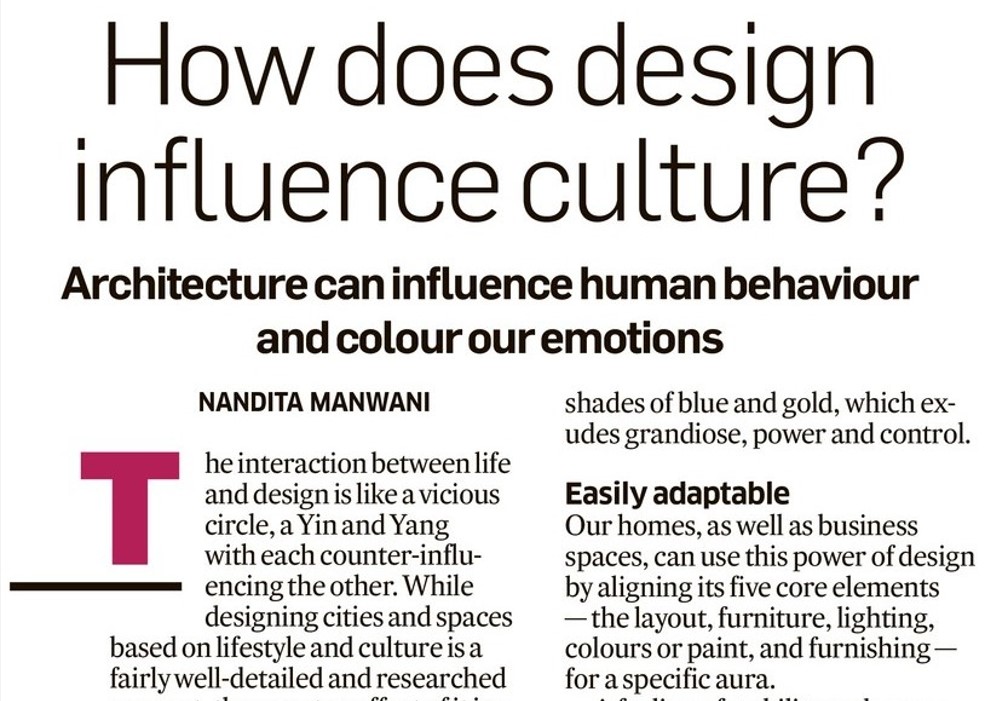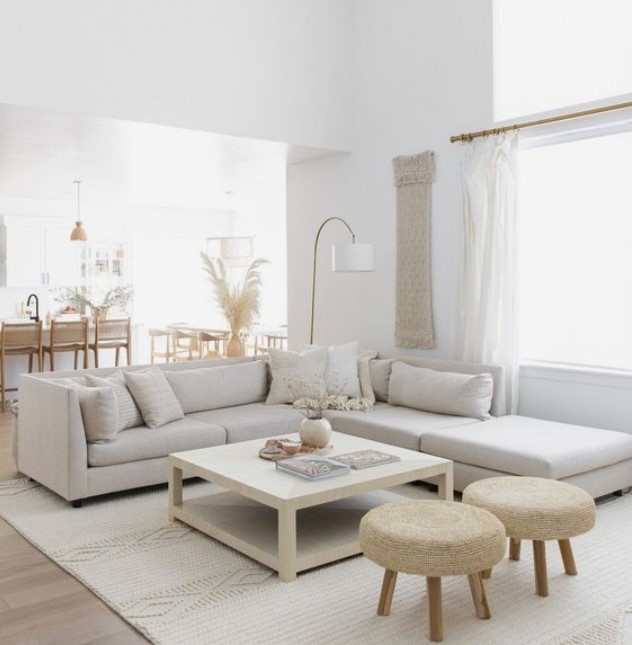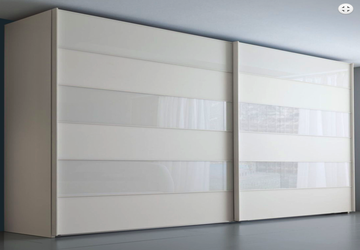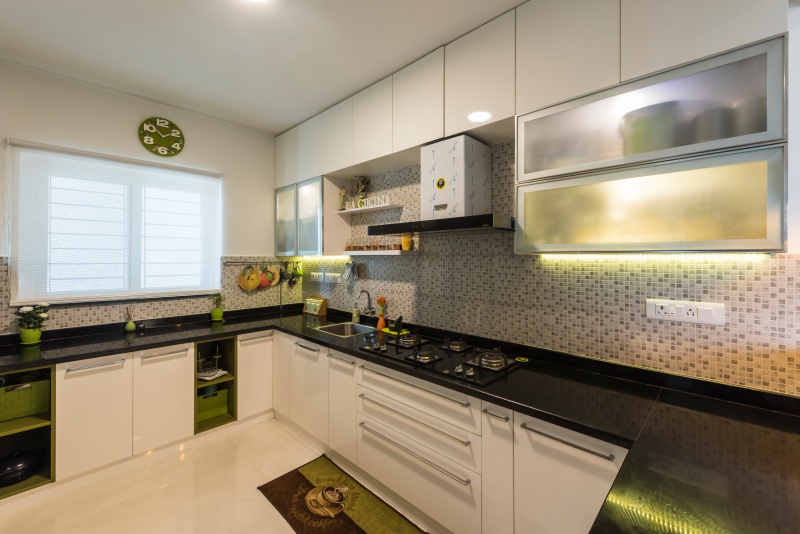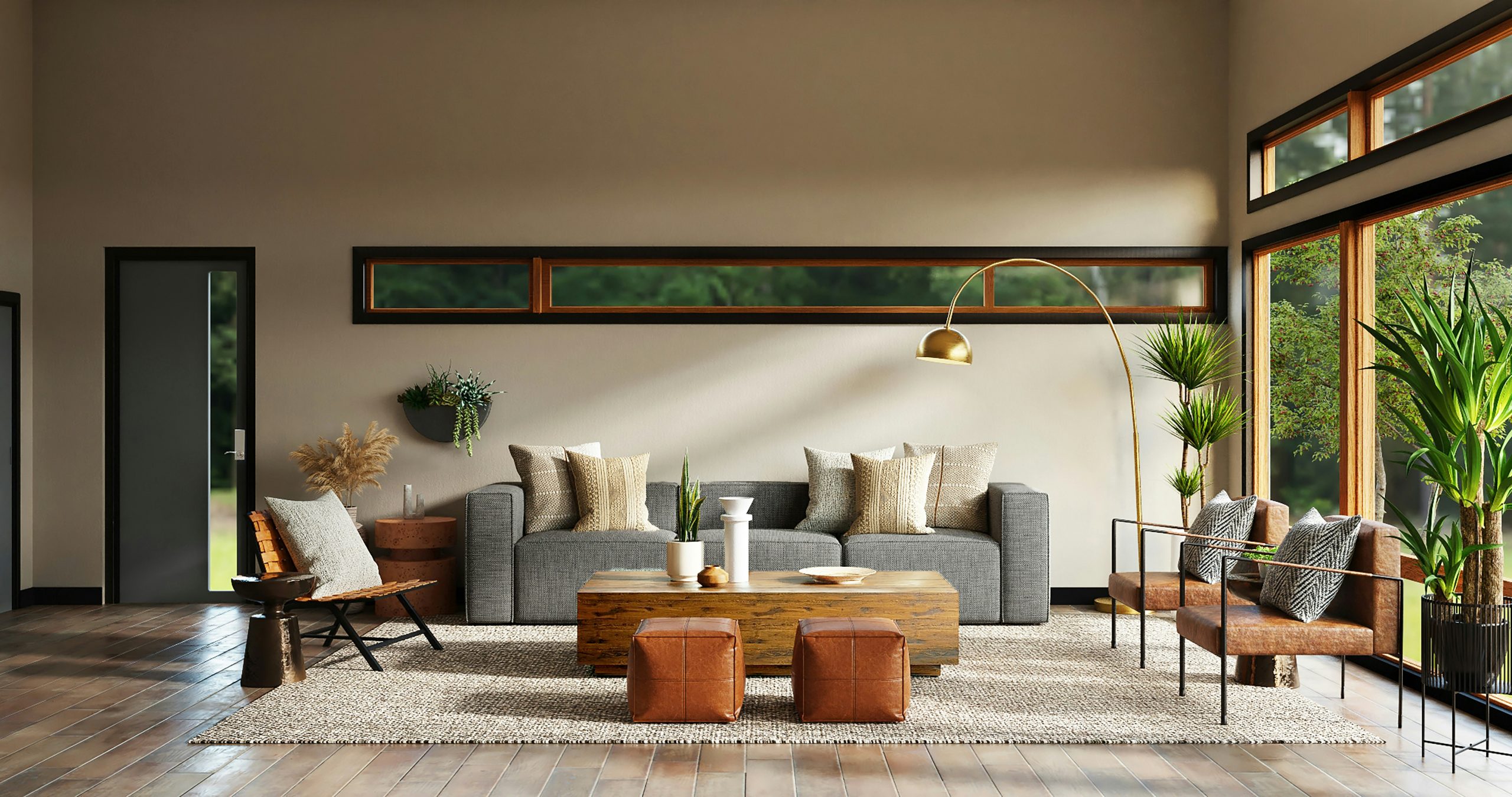I have written about designing homes based on lifestyle of the inhabiting family, today I want to turn that concept around and discuss how design helps create a certain culture of space that influences how people live and behave in that space.
The Interaction of life and design is something like a vicious circle, a yin & yang with each counter-influencing the other. While the concept of designing based on lifestyle and culture is a fairly well detailed and a researched concept, the counter effect of Design on the lifestyle and the culture that it creates is a topic that is still in its nascence, especially within the interior design fraternity. Take this example – we were recently travelling from Bangalore to Delhi, the flight landed at the famed terminal 3 and one could easily sense the efficiency of the terminal. If you’ve travelled via Delhi’s terminal 3 you would have noticed that the operation runs fairly smoothly. Our return however was via Terminal 2 – for some reason Indigo has partly shifted operations to Terminal 2. This terminal is a poorer cousin of Terminal 3 and a shade better variant of our own Namma HAL airport of the heydays. The difference in the way the operations function between the 2 terminals (Terminal 3 Versus Terminal 2) is stark. Now figure this – If you broadly look at the ratio of passengers managed versus any of – (1) the space in the terminal, (2) the number of check in counters or (3) the number of baggage carrousels – you will find this ratio to be nearly the same for both the terminals – THEN WHY THE DIFFERENCE IN EFFICIENCY. The answer lies in the “Culture of Space” – Each terminal, the way it is built, maintained, kept dirty or clean etc. exudes a certain culture and that drives the behavior and the life of the people within it – be it the CISF staff, airline personnel or the passengers. This is perhaps the same reason why Indians are most law abiding and disciplined in a foreign country but not in our own, the reason why pan gets spit in spitted corners and not in clean corners and why garbage is dumped in un-maintained lands just because these lands are anyhow unclean and a bit more garbage will not change its nature.
Now that we have made the core point let’s take it a step further – if the way a space is built and maintained can determine the way people behave in it then can we not consciously Design spaces in a manner to curate and cultivate a certain culture and behavior? The answer to that is an absolute YES. The closest examples to this are found in design of palaces and temples / places of worship – if you’ve been to the Bahai temple in Delhi for example or into the main hall of the Bull temple in Basavanagdi – the space itself exudes an aura that drives visitors to feel positive and maintain silence. Even the architects of famous palaces across India have used specific design techniques and colours to drive a certain feeling in each of the different halls of the palace – the Diwan i aam, Diwan i khas in the Red Fort and the Durbar Hall of the Mysore Palace are prime examples.
We really don’t need to build temples and palaces to get these design techniques to work for us as we design / re-design and build our own homes and places of work – it just needs a deep appreciation of this power of design and a bit of careful planning. Each of the core elements of design, namely – the layout plan, furniture, furnishing, lighting, colours/ paint and furnishing play a key role and have to be brought together in the appropriate fashion to curate this culture.
Add to this is the fact that we experience spaces through our four senses – sight, smell, sound and touch (well, we will leave the fifth sense of taste out of this right now). This is why you will find that well designed spaces – especially commercial retail outlets, malls & showrooms, incorporate engagement of all the four senses in a well-planned fashion to give a culture to the space that creates a certain mood with the visitors. The closest example of this is the distinct perfume of large retail outlets like Shoppers Stop and H&M that encourages the behavior of spending, even casinos in Vegas have been known to use fragrances that encourage gambling. In fact, scent marketing is now a formal term in the business with solid research behind it. If you want to read up more on it then I suggest you go through this blog post on shopify. The type of music that you play in your store and the way the display is arranged for you to touch add to the 2nd and 3rd sense of sound and touch.
Curating a space, and interior design in general hence is more than just good-looking furniture – this is something that I have been saying since many-many years. The fact that good interior designers go above and beyond to create a culture of space that make you feel a certain way and helps make you become what you aspire to be is a dimension that is still nascent with consumers and the design fraternity itself. I do hope that this appreciation grows with time and more home makers and businesses gain from this core element and give back of good design
Signing off
Nandita
